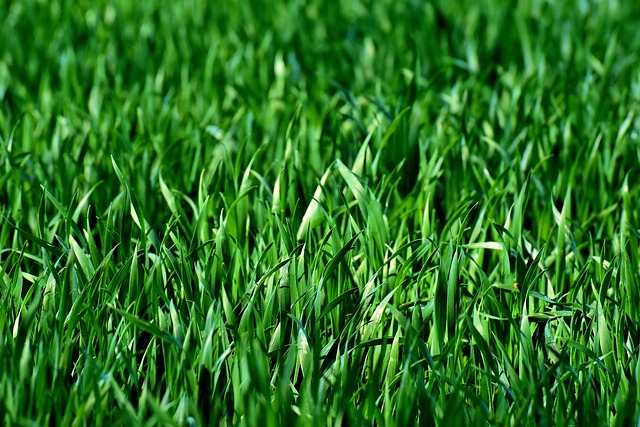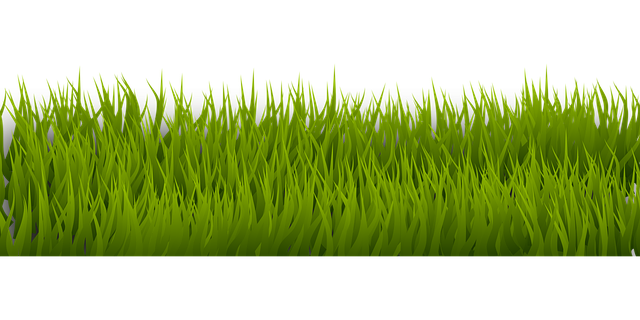Fall lawn fertilization in Thornton, CO, is a strategic approach to ensure lawn resilience during cold months. Applying nitrogen-rich fertilizers and watering adequately prepares grass roots for winter, minimizing burn risk. This eco-friendly method strengthens the lawn, enhances biodiversity, and promotes faster recovery, fostering a lush and healthy yard year-round.
In the pursuit of maintaining lush, robust lawns year-round, particularly in regions like Thornton, understanding fall lawn fertilization is key. This strategic approach prepares grass for the harsh winter months, ensuring improved hardiness and faster spring recovery. This article delves into effective biological treatment strategies that enhance lawn health, focusing on how fall fertilization plays a pivotal role in developing winter resilience in Thornton lawns. By exploring these methods, homeowners can achieve vibrant, durable turfgrass year after year.
- Understanding Fall Lawn Fertilization for Winter Hardiness
- Biological Treatment Strategies for Lawn Health
- Implementing and Maintaining Winter Hardiness in Thornton Lawns
Understanding Fall Lawn Fertilization for Winter Hardiness

In Thornton, understanding fall lawn fertilization is key to ensuring your lawn’s winter hardiness. As the seasons change, implementing a strategic fertilization schedule becomes essential for maintaining a lush and robust lawn that can withstand the colder months ahead. During fall, specific nutrients are crucial for promoting root growth and strengthening grass against potential winter stress. By applying the right fertilizers at this critical time, you’re laying the foundation for a vibrant and healthy lawn come spring.
The process involves carefully selecting fertilizers formulated to address the specific needs of your lawn during the transition season. These typically include nitrogen-rich products that stimulate leaf growth and enhance grass color before winter sets in. It’s important to follow application guidelines closely, ensuring even distribution across your Thornton property for optimal results. This proactive approach not only prepares your lawn for winter but also fosters faster recovery once the warmer months return.
Biological Treatment Strategies for Lawn Health

Biological treatment strategies offer a sustainable and eco-friendly approach to lawn care, particularly focusing on enhancing soil health and biodiversity. In Thornton, where cold winters can pose challenges for lawn maintenance, biological treatments are invaluable for improving grass resilience and overall lawn health. One effective method is fall lawn fertilization, which plays a crucial role in preparing lawns for the upcoming winter months. By applying specific nutrients during fall, grass roots can strengthen, ensuring better hardiness and faster recovery in spring.
This process encourages the growth of beneficial microorganisms in the soil, contributing to a healthier ecosystem. These microorganisms play a vital role in breaking down organic matter, improving nutrient availability, and promoting root development. As a result, lawns become more resilient to stress factors like extreme temperatures, pests, and drought, ensuring a lush and vibrant green space throughout the seasons.
Implementing and Maintaining Winter Hardiness in Thornton Lawns

In Thornton, maintaining winter hardiness in lawns is a strategic process that begins with fall lawn fertilization. As the seasons change, preparing grass for the colder months is essential to ensure resilience and health. Applying appropriate fertilizers during the fall creates a robust root system, enabling lawns to withstand the stress of winter. This step is crucial for preserving the lush green landscape throughout the year.
Implementing this strategy involves selecting fertilizers rich in slow-release nitrogen, which promotes steady growth and minimizes the risk of burn. Timing is key; applying fertilizer a month before the first expected frost allows nutrients to be fully absorbed into the soil. Regular watering after fertilization aids in nutrient distribution, ensuring lawns enter winter with the necessary strength to resist damage from freezing temperatures and snow.
In conclusion, implementing strategic fall lawn fertilization techniques is key to enhancing winter hardiness in Thornton’s unique climate. By harnessing biological treatment strategies, lawn owners can promote a robust and resilient turfgrass system, ensuring their lawns thrive during the colder months. Understanding these methods allows for better lawn care, leading to lush, vibrant grass year-round.
